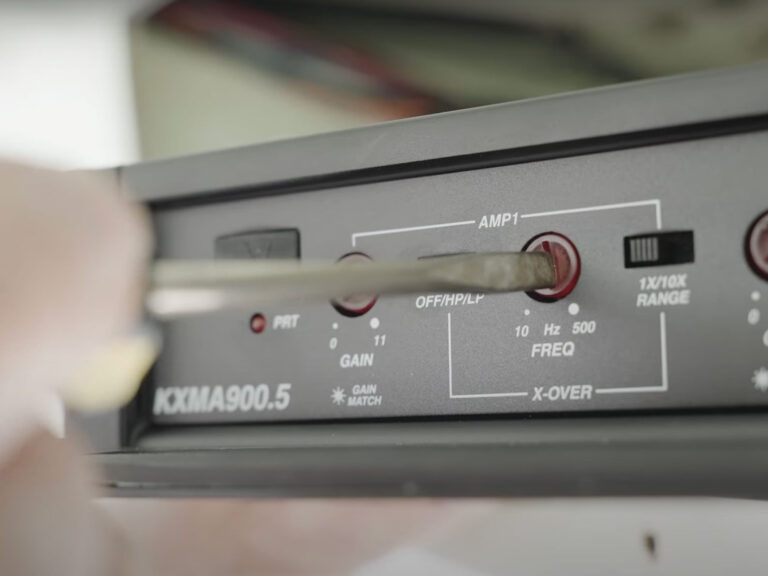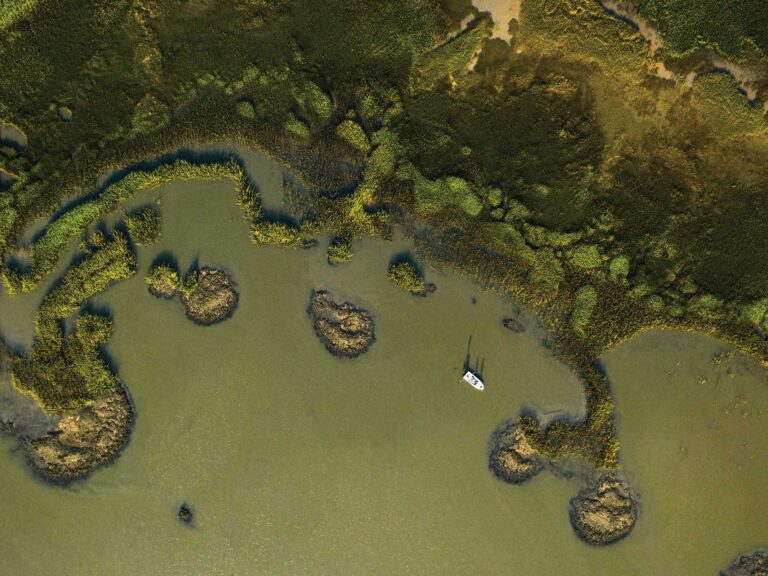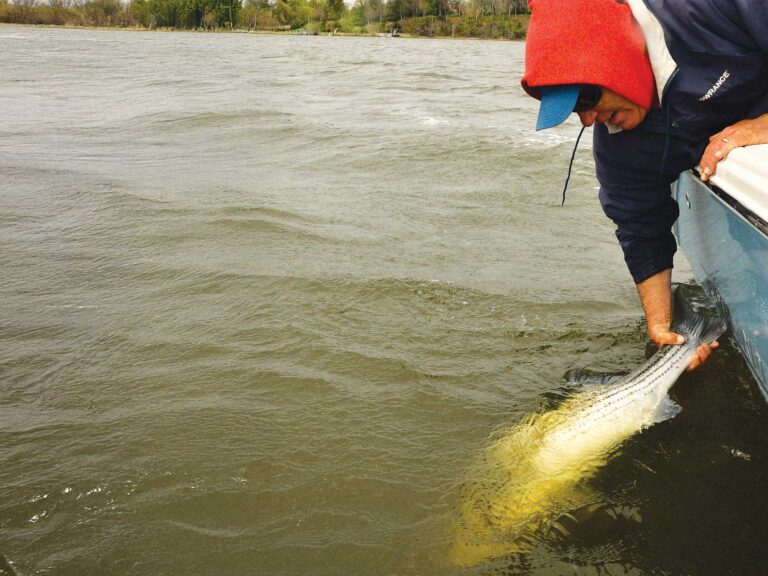Two-Faced Halibut
Q: I was recently paging through the August 2004 issue of SWS and came upon “Sardines for Slabs” (page 66) by Angelo Cuanang. I was struck by the fact that one of the California halibut the author was holding up seemed to be right-eyed while the other was left-eyed. Can you tell me if that is a regular occurrence or was one of them an oddball fish?
– Capt. Vic Galgano,
Milltown, New Jersey
DIBENEDETTO: Good question and observation. Even though California halibut are generally considered part of the left-eyed flounder family, biologists with the California Department of Fish & Game say that at least 40 percent of the fish in the population have eyes on their right side.
Radio Range
Q: I’m currently putting the finishing touches on my new 23-foot center console and want to maximize the range of my fixed-mount VHF radio so I can fish safely offshore. Where would you recommend I install the antenna?
– Donnie Nowling,
Pensacola, Florida
LEAR: VHF radio signals are basically line of sight between antennae. Good transmission and reception depends on the antenna height and gain and the transmitter power. Power is a non-issue since your fixed-mount unit transmits the maximum 25 watts on high frequency as opposed to five watts for a handheld VHF. So I’d suggest going with an eight-foot, six-decibel fiberglass antenna and mounting it as high as possible on the boat where it won’t get in the way of fishing. The optimum location would be atop the T-top, if you have one. If you don’t, a removable whip antenna mounted to the console is another option. I’ve got my antenna mounted to the poling platform, which is the highest location on my 20-foot Bayshore skiff. Either way, I would recommend adding a quality, waterproof handheld to your ditch bag to use as a backup.
Clip Tip
Q: What is the easiest way to rig transom release clips that I can permanently secure to the boat?
– Matt Keller,
North Miami, Florida_
POVEROMO: Typically, I prefer using temporary transom release clips such as AFTCO Roller Troller Flatline Clips (www.aftco.com). But for a permanent installation, I would consider using the flatter Tripease Outrigger Clips. I fasten them to the transom, inward of the transom eyes (so as not to interfere if these rings are used to hoist the boat). Use an eye strap to secure each end of the clip to the transom, making sure the size of the eye straps don’t obstruct the adjustment mechanism on the release clips. Stainless screws are all you need to secure the eye straps.
Have a fishing question? E-mail us at asksws@saltwatersportsman.com.









